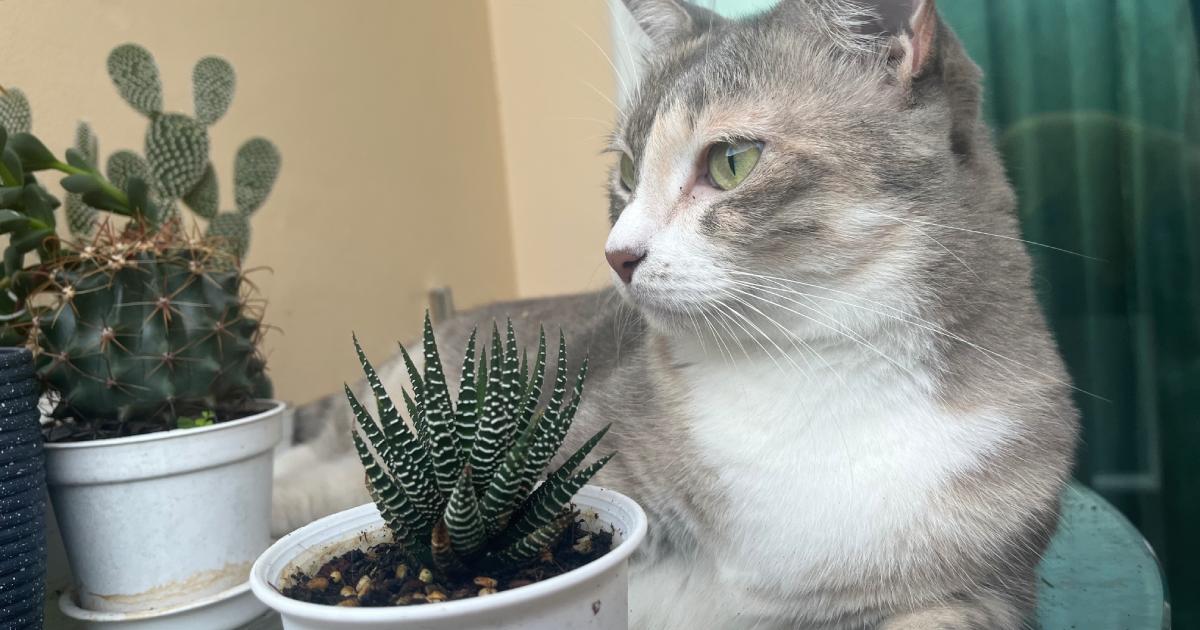As pet lovers and avid plant enthusiasts, we understand the delicate balance between nurturing our furry friends and cultivating a green oasis at home. In this article we will explore the important topic of pet-safe succulent gardening.
Drawing from our firsthand experiences and thorough research, including insights from the ASPCA, FDA, and various veterinary associations, you will learn which succulents that pose a threat to your beloved pets.
Whether you’re a seasoned gardener or a new pet parent, this article will provide you with valuable information to protect your pets from accidental poisoning, while still enjoying the beauty of succulents in your home.
- Toxic Succulents: Some popular succulents like jade, aloe vera, crown of thorns, and kalanchoe are toxic to pets, causing symptoms like vomiting, diarrhea, and in severe cases, heart problems.
- Non-Toxic Options: There are many pet-safe succulents available, such as Chinese money plant, Christmas cactus, and varieties within the Echeveria and Sedum genera. Jump to the list of pet-safe succulents.
- Symptoms of Poisoning: Poisonous succulents can cause a range of symptoms in pets, from skin and mouth irritation to gastrointestinal issues and cardiac toxins, depending on the plant type.
- Safe Practices: It’s important to research the toxicity of succulents before bringing them into a home with pets and to consult veterinarians for advice, especially for households with exotic pets.
- Preventing Pet Access: Strategies to prevent pets from accessing succulents include using repellent scents, placing plants out of reach, and training pets to avoid plants.
Are Succulents Safe for Cats, Dogs, and Other Pets?
Succulent is a broad category encompassing a vast array of plants. They often use a variety of defense mechanisms to deter hungry herbivores.
Some cacti species have spines and tough skin, while other succulents contain toxic substances that burn the mouth, damage the blood or heart, and create gastrointestinal symptoms (vomiting and diarrhea).
Info: Some succulents are entirely poisonous, while others have toxic leaves, flowers, roots, or contain poisonous sap.
Poisonous succulents range from the relatively mild jade and aloe vera to the potentially and severely poisonous crown of thorns or kalanchoe.
None of that should make you afraid to keep succulents! There are still tons of great pet-safe succulents to choose from, even when you omit the pointy and poisonous species.
Plus, most potentially fatal plants for pets are not succulents — for example, oleander, lilies, cyclamen, elephant’s ear, fiddle leaf fig, and sago palm.
When you choose from our suggestions, catching your pet nibbling on your houseplants won’t be a capital crime. However, we must note that in most cases, the sources we rely on only specify safety for cats, dogs, and sometimes horses. If you have birds, reptiles, and other exotic pets, it is best to consult a veterinarian before introducing any new plants into their diet.
17 Succulents That Are Poisonous For Pets
Agave
Many people think of agave as edible — after all, one variety is used to make a common alternative to sugar syrup. However, agave plants make terrible chew toys.
Agave leaves contain a sap full of oxalate crystals, which can irritate the skin, mouth, and throat, causing breathing problems and burning pain. They can also cause dermatitis and gastrointestinal problems. It is considered a mild toxin, not likely to be fatal, but it’s best to keep it away from house pets.
Aloe Vera
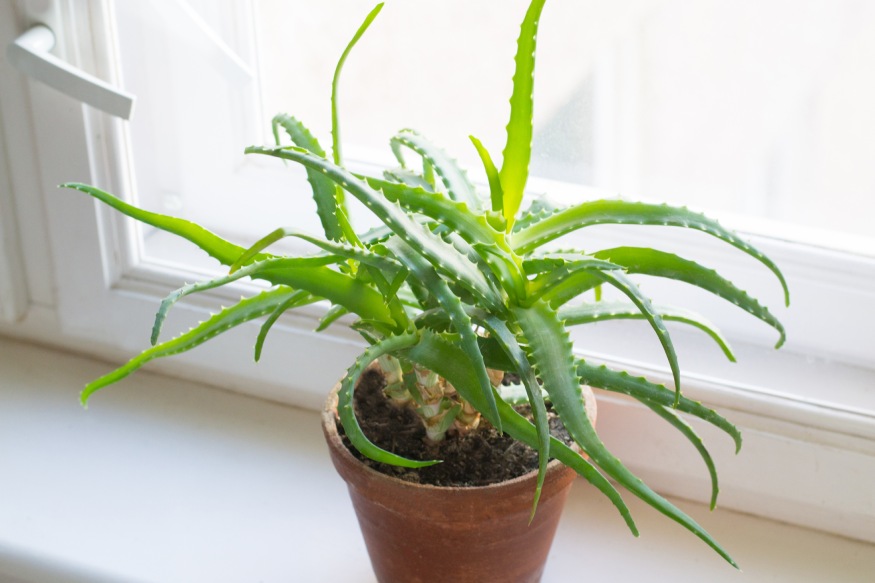
The spiky leaves of the aloe vera, Aloe barbadensis miller, are well known to have medicinal qualities, so it may surprise you that aloe vera is poisonous when consumed by some pets.
Cats, dogs, and reptiles are at risk of gastrointestinal symptoms and lethargy if they eat aloe vera. However, horses can eat forms of aloe vera to treat digestive problems.
Desert Rose
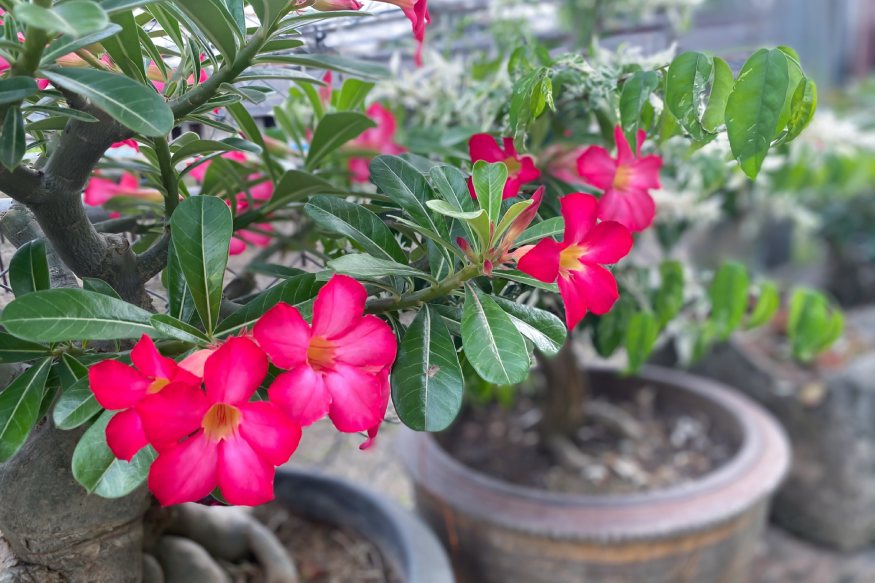
Although the desert rose, Adenium obesum, looks like a dwarf tree with a swollen base, it is actually a semi-succulent shrub. It is popular for growing beautiful fuschia and white flowers in hot climates.
Unfortunately, the plant and its sap contains a dangerous cardiac toxin.
It is so toxic that historically it was used on arrowheads throughout much of Africa. It is potentially deadly if consumed by animals and humans.
Euphorbia
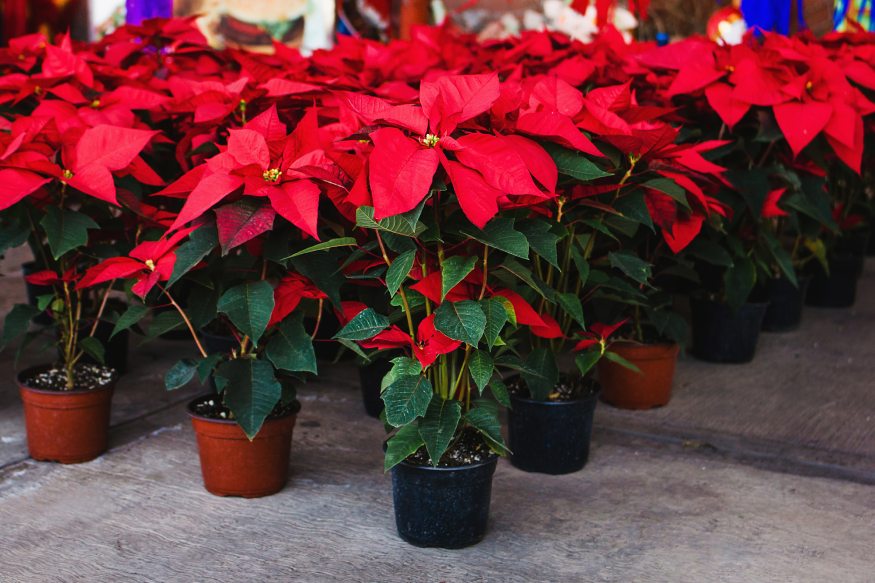
The enormous genus Euphorbia includes a remarkable variety of toxic succulents. Many are dangerously poisonous and should be avoided.
Unless you have done the research to be extremely confident the particular species you’re considering is non-toxic, we recommend avoiding all Euphorbia species in homes with toddlers or pets.
The following are some of the common Euphorbia species you might find at the garden store.
Crown of Thorns
The crown of thorns, Euphorbia milii, is a popular houseplant due to its showy red flowers. Unfortunately, the plant contains a white sap that, when ingested, can cause vomiting, drooling, severe mouth and gastrointestinal tract irritation, and diarrhea.
It can also cause eye irritation or ulceration if your pet touches it and then wipes its eye with a paw. Although the irritation generally deters pets from eating much of this plant, it is so dangerous that it should never be accessible to children, cats, dogs, horses, or other pets.
Pencil Cactus
The tall, thin spindles of the pencil cactus, Euphorbia tirucalli, are typically green, but turn red with bright sunlight, so they are a lovely option for pet-free homes.
However, they contain the latex-like sap typical of Euphorbia species, so it is dangerous for your pets. Consuming can cause gastrointestinal problems, although it often irritates the mouth quickly enough that the pet won’t eat more.
Poinsettia
Most people know that poinsettias are mild to moderately toxic, but you may not be aware it is succulent.
Poinsettias are members of the Euphorbia family and contain the white latex-like sap that makes them an irritant and is likely to cause gastrointestinal problems if ingested.
Kalanchoe
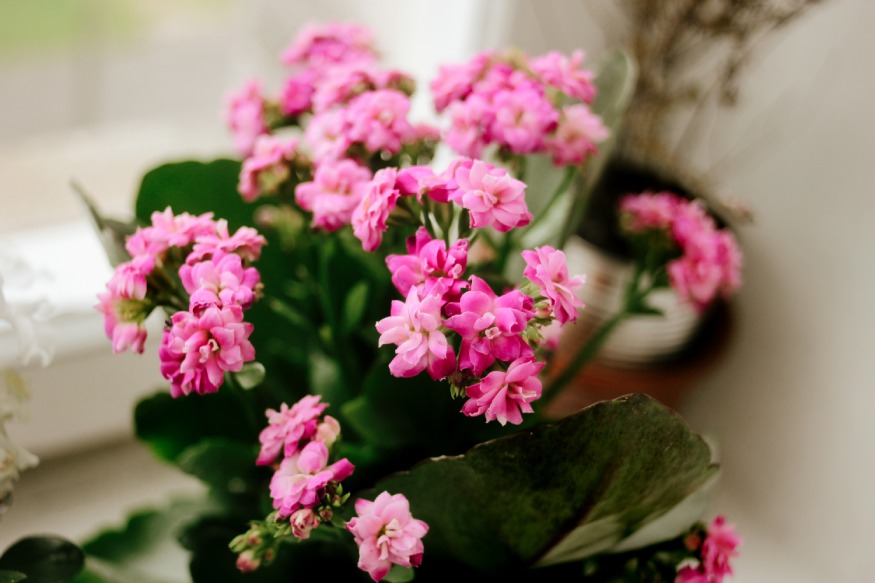
Kalanchoe blossfeldiana is a popular houseplant with yellow, orange, pink, or red flowers, but don’t let that entice you. Kalanchoe is very toxic to pets, necessitating emergency medical attention. In addition to gastrointestinal problems, kalanchoe poisoning can cause serious heart problems such as arrhythmia. Kalanchoe does not belong in houses with pets.
Fairy Castle Cactus
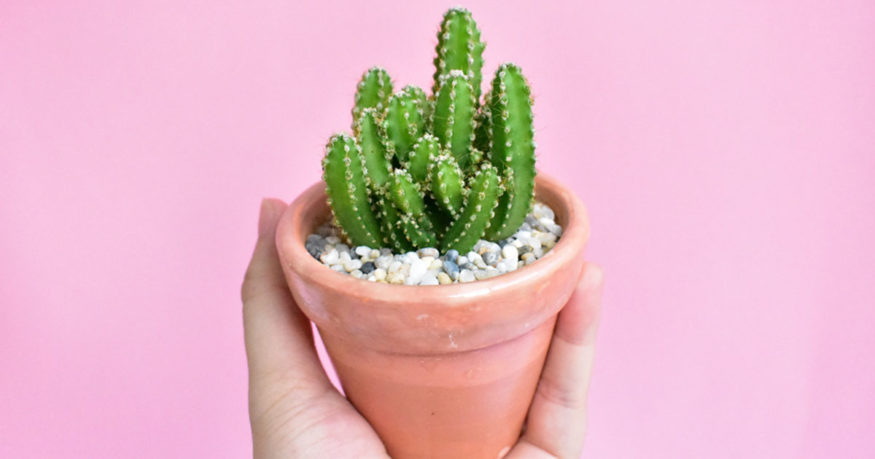
The whimsical fairy castle cactus, Acanthocereus tetragonus, is a clump of fleshy five-sided branches. Each of the five ridges is dotted with tiny wooly spines. In addition to its spines, this cactus is mildly toxic.
If you have a pet with a severe plant-eating habit, it isn’t a good choice. But given the mildness of its toxicity, the rough edges may be enough to deter many pets from eating enough of this cactus to get sick.
Jade Plant
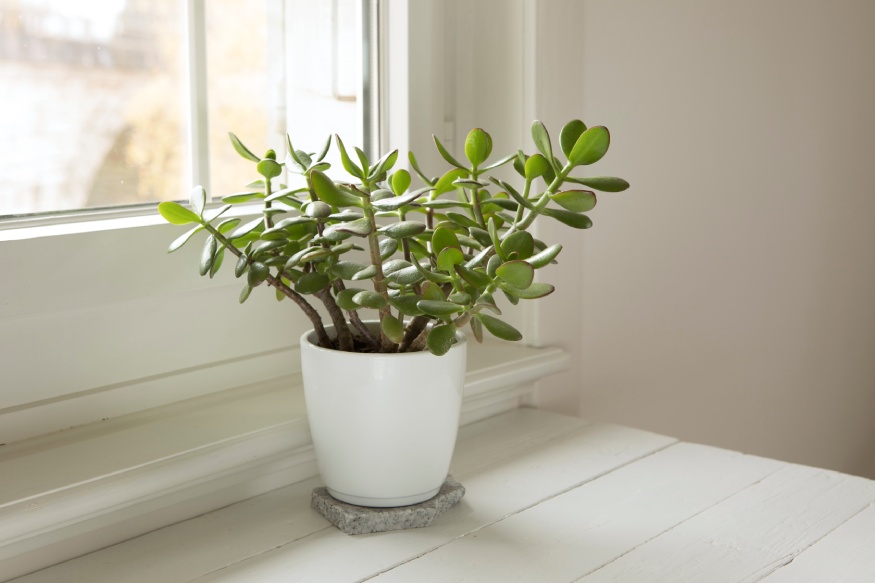
Crassula argentea, otherwise known as jade plant, baby jade, or dwarf rubber plant, is a very popular houseplant. Its lush green lobular leaves are mildly toxic.
They can cause diarrhea, vomiting, lethargy, impaired coordination, and reduced appetite in cats and dogs.
Madagascar Palm
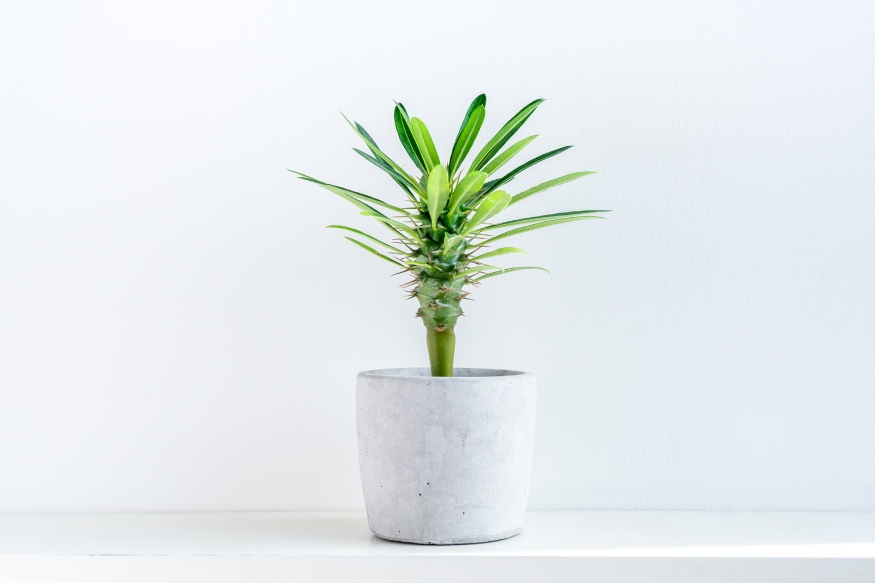
The Pachypodium lamerei may look like a palm, but it is a succulent related to cacti. It contains a potent toxin that can cause gastrointestinal problems. However, it is also sharp and spiny, and its sap causes dermatitis, so pets rarely eat enough of it to cause a severe problem.
Still, it is best to consult a veterinarian if you catch your pet eating any.
Ragwort
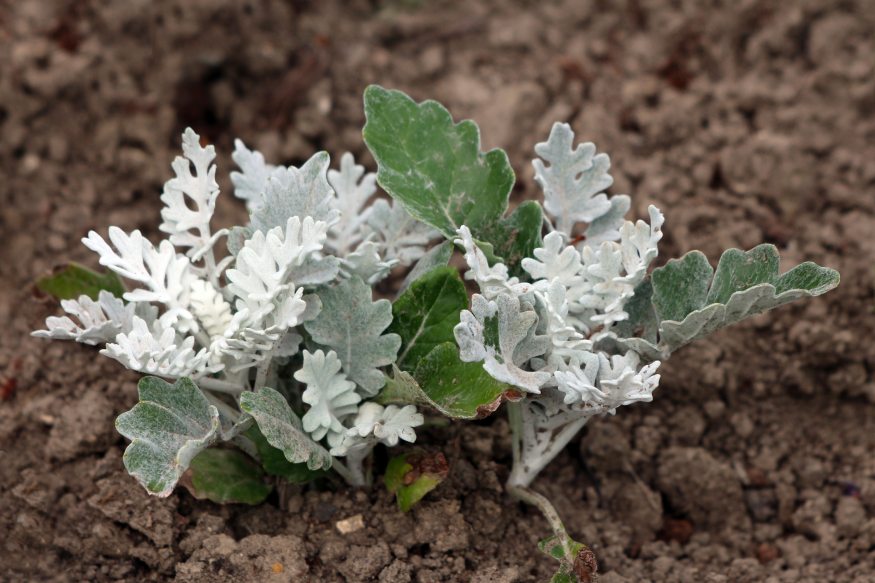
Plants in the Senecio family are toxic to cats, dogs, and horses due to the pyrrolizidine alkaloids content. It is not kept as a houseplant and is not palatable enough that animals are likely to eat much.
However, when mixed with hay and then eaten by horses, it can cause liver failure, walking disease, neurological problems, and other serious life-threatening symptoms.
Silver Squill
Pretty silver and green mottled leaves, with purple undersides, make the silver squill, Ledebouria socialis, also known as wood hyacinth, an appealing shade-tolerating houseplant. However, all parts of the plant are toxic for people and pets.
Snake Plant
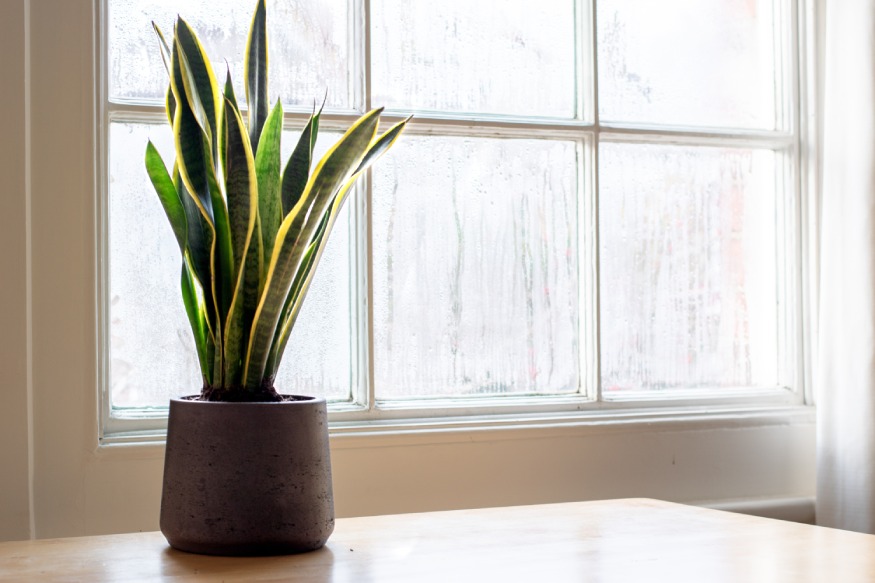
Also known as mother-in-law’s tongue, Sansevieria trifasciata’s common names both suggest the plant’s mild toxicity. The colorful leaves, stems, and berries can cause gastrointestinal symptoms and the possibility of dermatitis, abdominal pain, loss of appetite, or an allergic reaction.
However, because it has a bitter flavor and causes a burning sensation in the mouth, most animals don’t eat enough to become ill.
String of Pearls
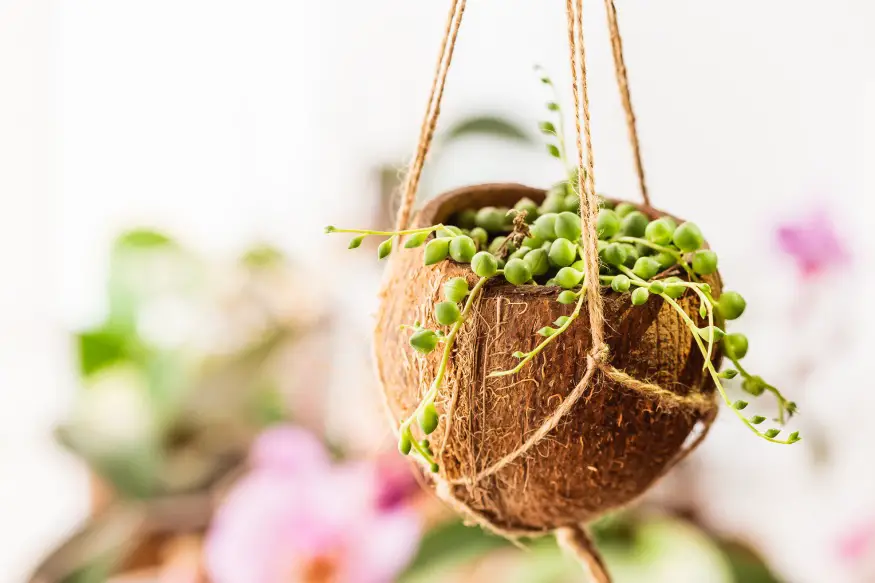
The beautiful trailing vines of a hanging string of pearls plant, Senecio rowleyanus, look like a toy to many pets. However, they are also mildly to moderately toxic. If your pet manages to nibble some, it can lead to lethargy and gastrointestinal problems.
For the safety of your furry-legged friend and your peace of mind, you should keep this plant out of reach. And, if any leaves or branches do fall to the ground, clean them up immediately.
Peyote
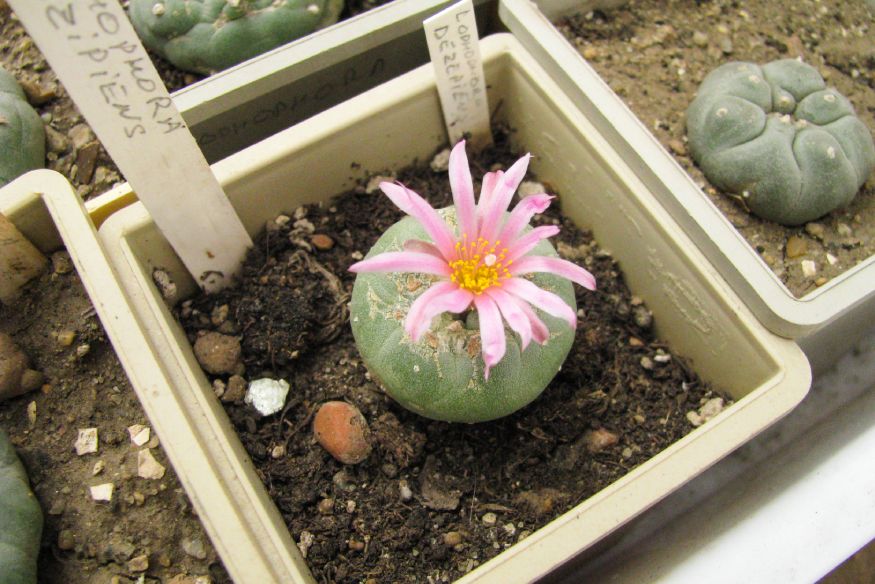
This attractive ornamental cactus is also well known for its medicinal and religious uses, as well as its psychotropic effects, but peyote, Lophophora williamsii, is a potentially poisonous plant that should not be left around pets.
In addition to gastrointestinal symptoms, your pets can also experience breathing difficulties and even an intoxicated or psychotropic reaction. Keep peyote and all other drugs away from your pets. You wouldn’t want your good boy to have a bad trip.
Tylecodon
These plants are toxic enough that they are typically considered weeds, not houseplants. Tylecodon contains potent nerve and muscle poisons that if you consume livestock who have eaten this plant, you can be poisoned too.
Yucca
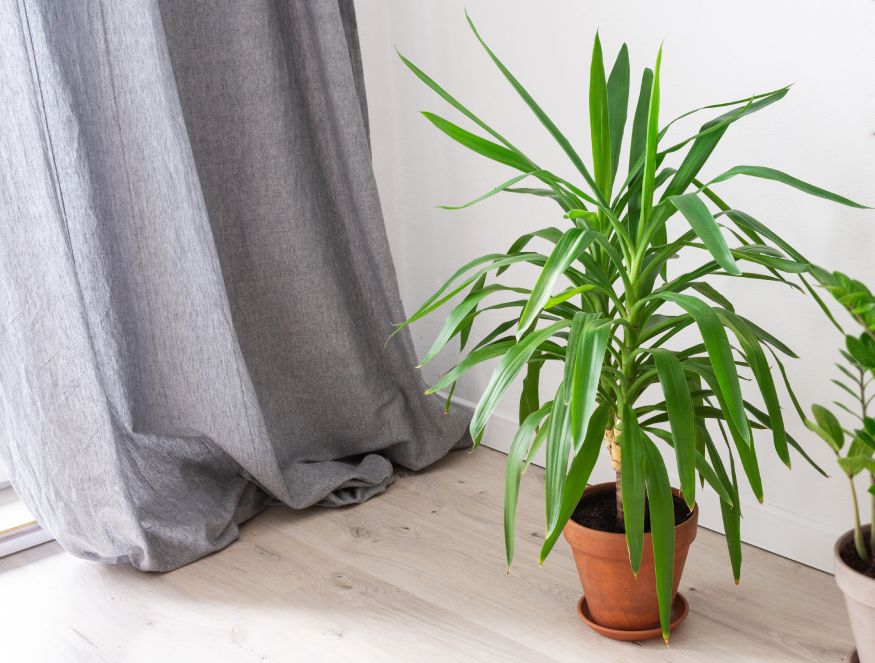
Although yucca is a delicious starch included in many human diets, yucca canes are bad food for pets.
They are a bigger risk to grazing animals because housepets are unlikely to eat enough to cause anything more than mild gastrointestinal symptoms. However, if horses are given access, they may eat enough to cause dermatitis and even liver disease.
Pet Safe Succulents
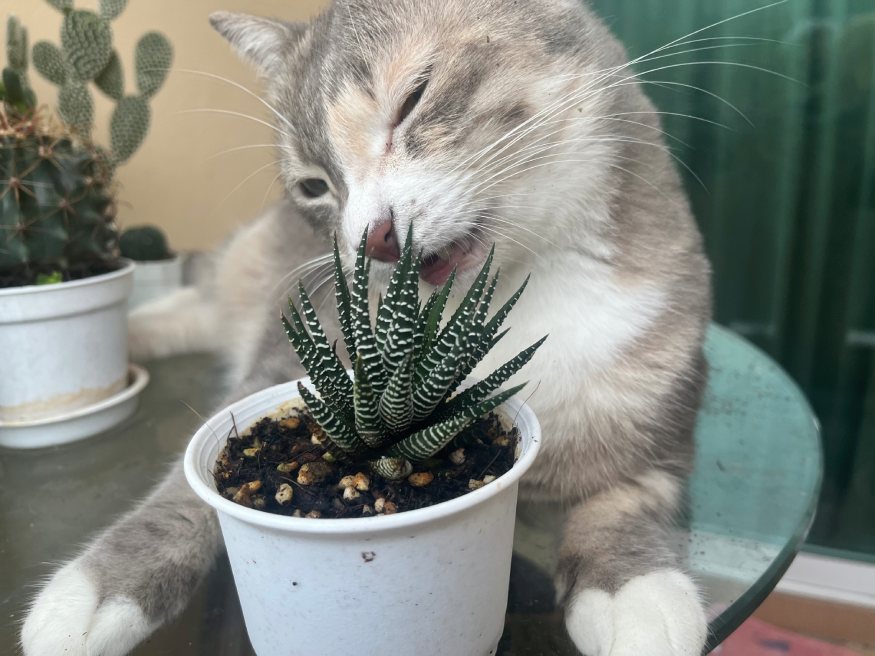
Fortunately for plant lovers everywhere, many succulents are perfectly safe to have around your cats and dogs. Of course, you should still train your pet not to eat these plants, and eating virtually any plant on an empty stomach, or eating a lot of the plant, can trigger some vomiting. Still, with any of these succulents, you won’t need to worry about a trip to the veterinarian.
Remember that reptiles, birds, and horses are sometimes specific exceptions to these general rules. It is always best to consult your veterinarian if you are unsure about a plant you’re considering bringing into the household.
- Chinese money plant, Pilea peperomiodes (but do not confuse it with unrelated plants that have similar names but are toxic, including money tree or money plant, a.k.a jade, or money tree, pachira aquatica)
- Christmas cactus, Schlumbergera
- The Echeveria genus (such as lipstick echeveria, Echeveria agavoides, and red echeveria, Echeveria Pulv-oliver)
- Elephant bush, Portulacaria afra (but note that the unrelated “elephant ear plant,” a.k.a taro or Colocasia, is toxic, as is elephant bush’s look-alike plant, jade)
- Hens and Chicks, Sempervivum tectorum
- Ice Plant, Lampranthus piquet (but do not mix it up with slenderleaf ice plant, Mesembryanthemum nodiflorum, which can be very toxic)
- Living Stones, Lithops naureeniae
- Moon cactus, Gymnocalycium mihanovichii (generally considered non-toxic, but make sure that the host cactus it is grafted onto is also a pet-safe species)
- Prickly pear cactus, Opuntia
- The Sedum genus (such as coppertone sedum, Sedum nussbaumerianum, burro’s tail, Sedum morganianum, and ghost plant, Sedum weinbergii) is generally deemed pet-safe. However, some contain minute amounts of oxalic acid.
- Zebra plants (including Haworthiopsis fasciata and Haworthiopsis attenuata, as well as the non-succulent zebra plant Aphelandra squarrosa)
We did not list other succulents that are unlikely to poison your pet. We have omitted them because our expert sources disagreed or failed to confirm their safety.
To err on the side of caution, we’ve also purposely excluded succulents that are difficult for consumers to easily distinguish between related species, as well as species sold under the same. Better safe than sorry.
FAQ
How Do I Keep My Cat Out Of My Succulents?
Some cats couldn’t care less about potted plants and ornamentals, but others may munch on them compulsively. They can be motivated by hunger, boredom, curiosity, or even an attempt to fix an upset stomach.
However, even the best-behaved cats may take a nibble on rare occasions, so the best policy is not to keep any toxic plants in your home.
If you choose to keep mildly toxic plants or want to protect your safe plants from untimely pruning, you should keep your succulents out of reach.
This could mean putting your plants on a tall bookshelf, a wall shelf, or a hanging planter. Just keep in mind some cats can jump very high when motivated.
If you want to deter your cats from chewing up non-toxic plants, you can try using cat-deterrent scents like citrus (you can add peels to the top of the pot), vinegar (spray diluted vinegar on the pot, not the plant), or pepper (such spraying the pot with a mixture of cayenne pepper dissolved in water).
You can also put materials around the succulent pot that your cat doesn’t want to walk on, such as double-sided sticky tape, aluminum foil, or a spiky plastic mat. Sometimes using these for a few weeks after introducing a new houseplant can be sufficient to deter your pet’s interest.
If you have a feline companion that loves chewing plants, your best bet might be to offer a safer alternative like pet grass and potted catnip.
If all of this fails, you can use training techniques. The best option is to teach commands like “get down” or “leave it” while using positive reinforcement like treats. Other training methods are meant to distract your pet and lead them to associate the plant with mildly negative stimuli. Examples include squirting the cat with water or shaking a tin can with some coins in it for an auditory deterrent.
If none of these methods work, we don’t recommend any more severe training — no plant is worth that. Just find a different plant that is less appealing to your pet.
How Do I Stop My Dog From Eating My Succulents?
Dogs may be considered more trainable than cats, but they are also more likely to find your houseplants irresistible. That means it isn’t worth the risk to keep toxic plants in your house.
The good news is, most dogs can’t match a cat for jumping prowess, so putting plants on a medium-high shelf may be sufficient to keep it out of reach. So if you go for any mildly toxic plants, be careful to keep an eye on dried bits that might break off of the plant and fall to the floor.
Teaching boundaries (for example, rooms or furniture are off-limits) is essential for basic dog training. “Leave it” is another command that is invaluable in managing your dog’s interest in your houseplants. If the plants are outdoors, consider using fencing to keep your pup away from dangerous plants.
Some of the same repellent substances and techniques, such as citrus, may work to stop your dog from developing a houseplant habit. Like cats, you can spray with water or create a distracting noise to deter your dog.

